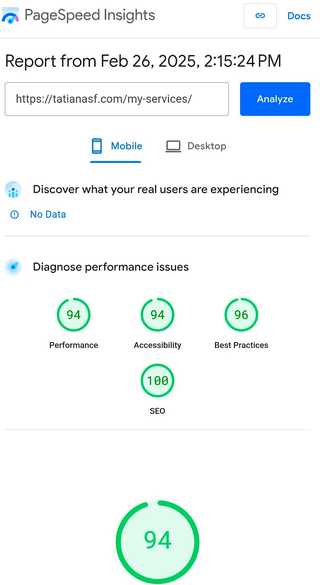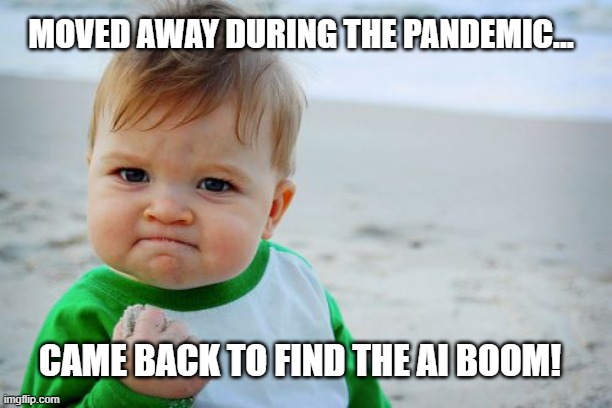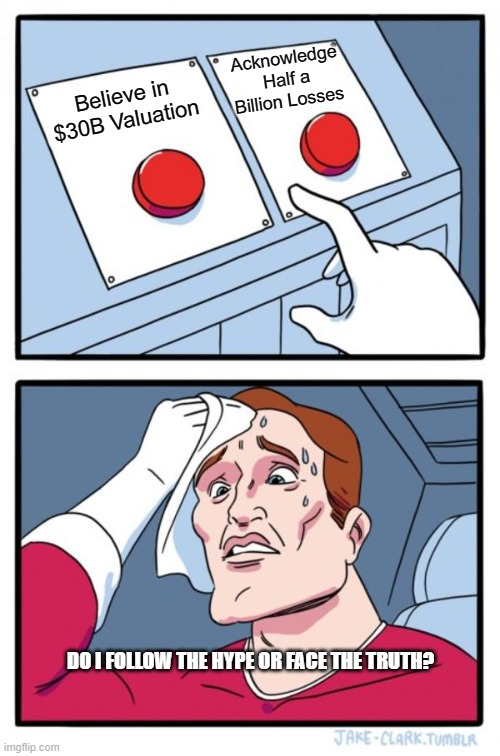
Mentorship and support for entrepreneurs looking to expand in the San Francisco Bay Area.
IT and Marketing Services
1️⃣ 🎥 Video Creation (AI), Editing and Design
- Creating business videos for websites and social media advertising.
- Canva Pro – graphic and animation design.
- Adobe Premiere Pro / After Effects / DaVinci Resolve – video editing and animation.
- Postings – social media content automation.



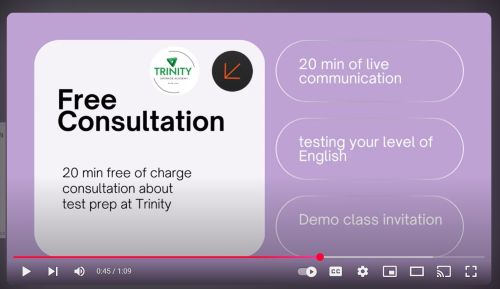







2️⃣ 🔍 Advertising and Analytics
- Google Ads & Google Analytics – creating and optimizing ad campaigns.
- Google Tag Manager – advanced event tracking and conversion setup.
- Facebook Ads (Meta Ads) – targeted advertising on Facebook and Instagram.
- LinkedIn Ads – business segment promotion and B2B marketing.
- Make & Zyker – automation of processes between different services.
3️⃣ ⚡ Website Speed Optimization
- Improving site load speed, SEO, and user experience.
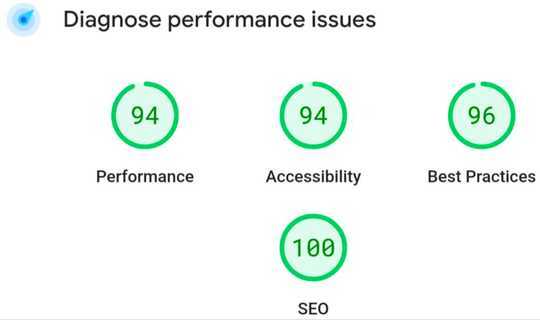
4️⃣ 🌐 Website and E-commerce Development
- Bubble – no-code web application development.
- Shopify – creating online stores.
- WordPress – website setup, customization, and maintenance.
5️⃣ 🏗 CRM and Business Process Management
- HubSpot / Pipedrive / Salesforce – CRM system setup and optimization.
- Trello / Asana / ClickUp – project and task management.
- Airtable / Notion – databases and information structuring.
6️⃣ 🛠 DevOps and Cloud Technologies
- Cloudflare – website acceleration and DDoS protection.
- Amazon Web Services (AWS) / Google Cloud Platform (GCP) / DigitalOcean – cloud solutions, hosting, backups, security.
- Netlify / Vercel – fast hosting for websites.
- ⚡Engagement + Gamification tools
7️⃣ ⚡Engagement + Gamification tools
- This tool combines engagement tracking and gamification strategies to enhance user participation and foster a fun, interactive environment.
- It enables businesses to incorporate game-like features such as rewards, challenges, and points, while also providing analytics to measure user engagement.
- Perfect for brands looking to create a more dynamic and enjoyable experience for their audience, it helps increase motivation, drive conversions, and build long-lasting user relationships.”
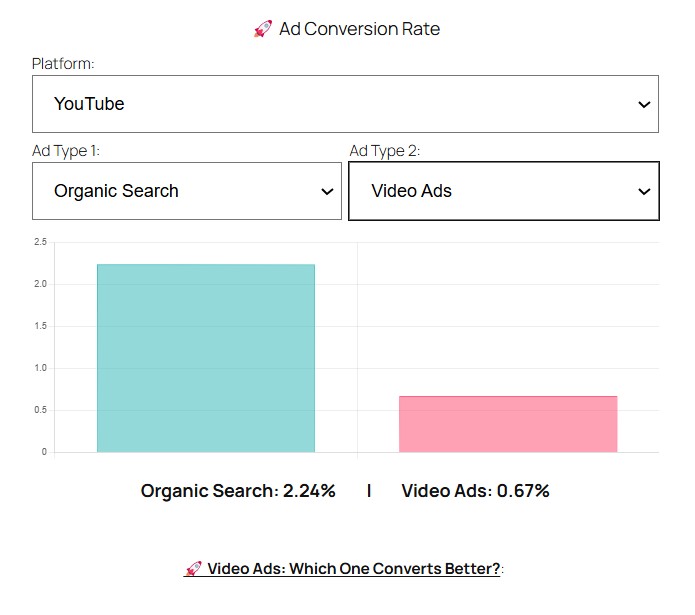
🏆 Why Choose Us?
✅ We have just started this business and we are ready to work with 75% off.
✅ A team of hardworking professionals under my supervision – a proven track record of quality and time management. We work with strict deadlines and always deliver on time.
✅ Experience with leading platforms and the latest tools.
✅ Flexible collaboration terms and a personalized approach.
✅ We have a developer on the team who can create customized solutions for your business.
Name your plan
$0
consultation
Set up and 1 week project
Name your plan
$999
3 days project
Find us
Tuesday
Wednesday
Thursday
Friday
Saturday
9 am – 8:30 pm
tatianaSF.com – Google Diagnose performance issues.
